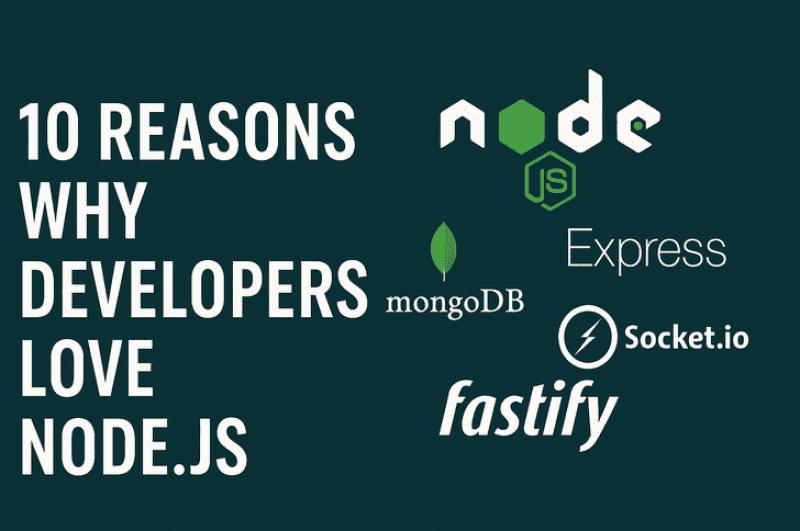Want to learn Node.js but confused where to start? Here's your 100% beginner friendly guide to understanding Node.js, its uses, benefits and how to set up your first Node app.
🔹 What is Node.js?
Node.js is an open-source, cross-platform JavaScript runtime environment that allows you to run JavaScript code outside the browser. Unlike traditional JavaScript that runs in the browser (like Chrome or Firefox), Node.js runs on the server.
• Why was Node.js created?
JavaScript was initially meant for the browser. Developers needed a way to use JavaScript for server-side operations like databases, APIs and file systems. Node.js made it possible.
• Who Created Node.js?
Node.js was created by Ryan Dahl in 2009 and is built on the V8 JavaScript engine used by Google Chrome.
🔹 Key Features of Node.js
• Asynchronous & Non-blocking: Handles multiple requests simultaneously.
• Single-threaded: Uses event loop and callbacks to manage concurrency.
• Fast Performance: Built on Google's V8 engine.
• Platform-Independent Power: Your app runs smoothly on any OS — Mac, Windows or Linux.
• Large Community: Tons of libraries via npm (Node Package Manager).
🔹 Where is Node.js Used?
• Building REST APIs
• Real-time chat apps
• Streaming apps (like Netflix)
• IoT apps
• CLI tools
• Microservices
🔹 Installing Node.js (Step-by-Step)
1. Visit https://nodejs.org
2. Download LTS version (Recommended for beginners)
3. Install it like any other app.
4. Verify installation:
🔹 Your First Node.js Program
Let's create a simple Hello World server using Node.js.
🔹 Explanation:
• require('http'): Includes the built-in HTTP module.
• createServer(): Creates a server instance.
• listen(3000): Listens for requests on port 3000.
Now run the server:
node hello.js
Visit http://localhost:3000 to see the output
🔹 Node.js Package Manager (npm)
npm allows you to install libraries or frameworks easily.
🔹 Benefits of Learning Node.js in 2025
• Huge job market demand 🌍
• Full-stack JavaScript: Use JS in frontend & backend
• Scalable for real-time applications
• Active developer community
Ready to take your first steps into backend development? Start by building a basic CRUD app with Node.js — no frameworks required. Follow our next guide:
📚 Read Next: Node.js + AI: Creating Smart Backend Applications




